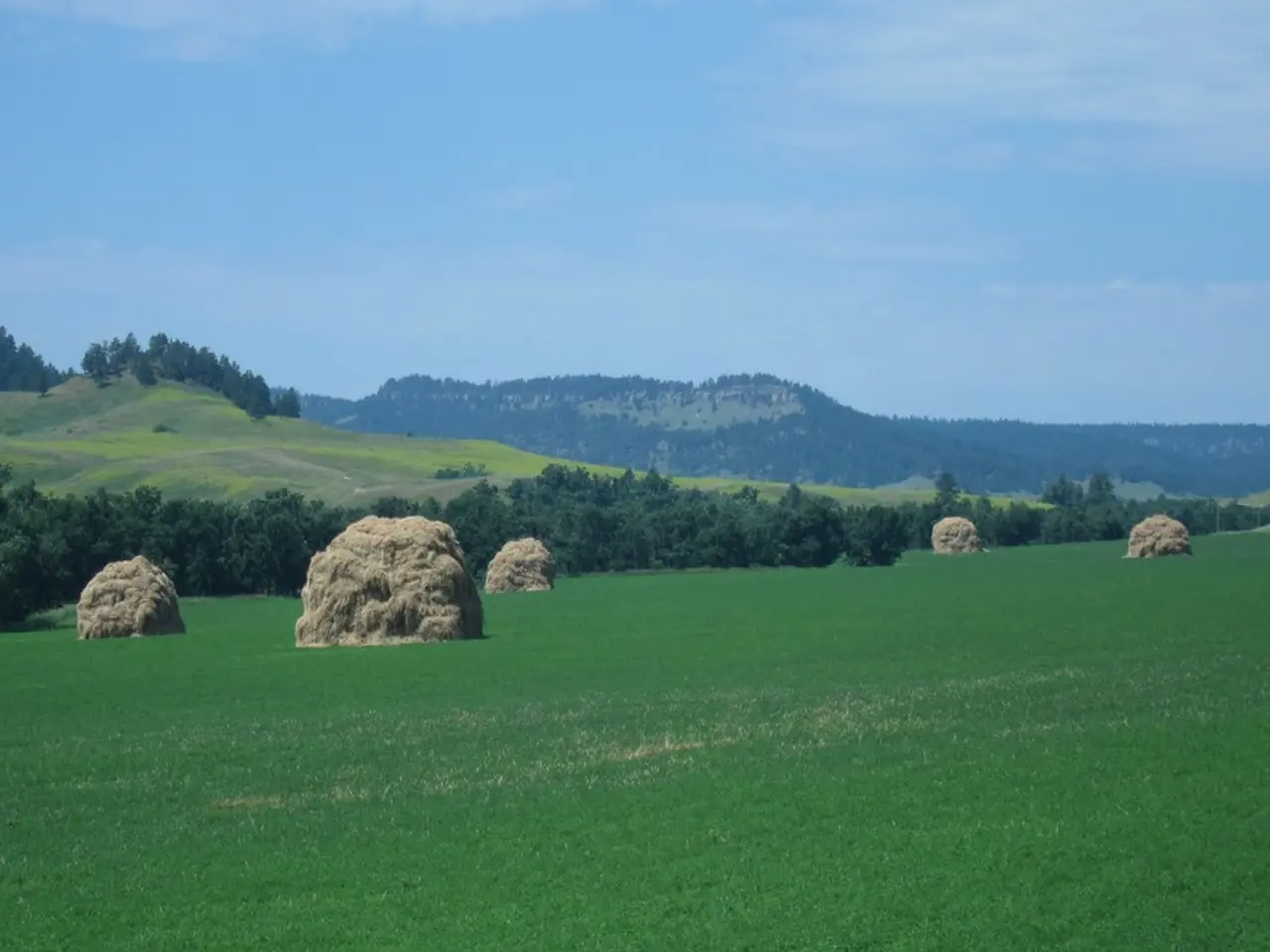Utilizing the Blue Hour and Golden Hour in Landscape Photography: A Guide
In the world of landscape photography, two enchanting periods stand out for their unique light quality - the Blue Hour and the Golden Hour. These brief yet captivating moments offer photographers a chance to create stunning images that are nothing short of magical.
The duration of both Blue Hour and Golden Hour varies depending on location and time of year. Typically, each lasts around an hour, but changes based on geographic latitude and season. Near the equator, these periods are close to 30-60 minutes, while in higher latitudes they can last significantly longer during certain times of the year, sometimes extending well beyond an hour due to slower solar angle changes.
Golden Hour occurs just after sunrise and before sunset when the sun is roughly between -4° and +6° above the horizon. Its duration can last about an hour but tends to be shorter near the equator and longer near the poles, especially in summer months when the sun sets and rises more gradually. On the other hand, Blue Hour happens shortly before sunrise and after sunset when the sun is between about -6° and -4° below the horizon. Blue Hour provides cooler, diffused blue light and usually lasts roughly one hour but also varies with location and season. It is often most prolonged in higher latitudes during spring and autumn twilight periods.
Landscape photography is forgiving in terms of gear, with a broad range of cameras and lenses suitable. However, for optimal results during Blue Hour and Golden Hour, a sturdy tripod becomes essential due to longer exposure times and lower light intensity. The Nikon Z8 full-frame mirrorless camera, NIKKOR Z 20mm, and NIKKOR Z 24-70mm lenses are preferred gear for these moments, offering a versatile and high-quality setup.
Planning is crucial for a landscape photoshoot. Checking the weather forecast, finding out the sun's position, being aware of time constraints, and going through compositions in advance can significantly increase the chances of success. The PhotoPills app provides accurate data on sunrise, sunset, Blue Hour, and Golden Hour durations, as well as other photography-related information, making it an invaluable tool for photographers.
Scouting the area and deciding on compositions before the photoshoot can also help capture the essence of the location. Dramatic foreground subjects, such as lighthouses, rocks, houses, trees, etc., can create a powerful focal point in landscape photos, adding depth and interest to the image.
Remember, landscape photography often focuses on exotic or remote locations, but beautiful landscapes nearby can offer just as much inspiration. So, whether you're photographing the Danish landscape, perceived as flat and boring, or a remote desert in Arizona, good lighting, such as the Blue Hour and Golden Hour, is crucial for creating those awe-inspiring images.
Lastly, the augmented reality feature in PhotoPills helps imagine the light's direction and quality and plan shots accordingly. Side lighting, rather than direct sunlight, can create a softer, more natural contrast in landscape photography, enhancing the drama of subjects. Backlighting can be used to reduce contrast and avoid overexposing the solar disc in landscape photography.
In conclusion, with the right planning, gear, and understanding of the Blue Hour and Golden Hour, landscape photographers can create breathtaking images that truly capture the essence of their subjects.
- For a landscape photography sale, consider purchasing a Nikon Z8 full-frame mirrorless camera, NIKKOR Z 20mm, and NIKKOR Z 24-70mm lenses, along with a sturdy tripod for optimal results during the Blue Hour and Golden Hour.
- When planning a lifestyle home-and-garden photoshoot, the PhotoPills app can provide valuable information about the duration of the Blue Hour and Golden Hour, as well as other photography-related insights.
- Whether you're photographing the exotic landscapes of Arizona or the seemingly mundane Danish landscape, good lighting, such as the Blue Hour and Golden Hour, is crucial for capturing awe-inspiring images.
- When composing a landscape photo, incorporating dramatic foreground subjects like lighthouses, rocks, or trees can create a powerful focal point, adding depth and interest to the image. Consider utilizing side lighting or backlighting techniques to create a softer, more natural contrast and enhance the drama of your subjects.




